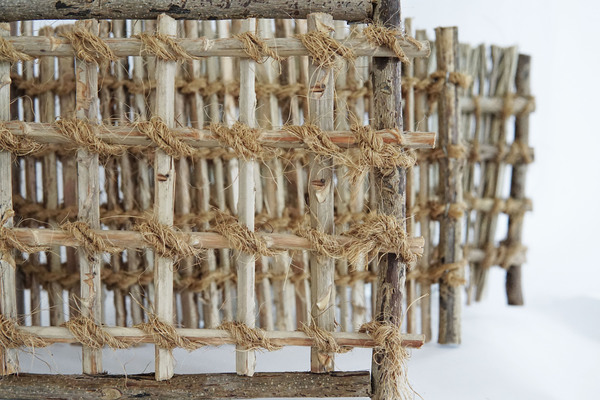The Veiled Path
In a time where women’s bodies are constantly observed, judged, and scrutinised, hair - concealed or revealed, - has always been a topic of debate. The practice of veiling has led to conversations of oppression vs. liberation, prohibition vs. empowerment, control vs. freedom, inclusion vs. exclusion, progressive vs. regressive, humiliating vs. erotic, sexual vs. protected, and most importantly exposed vs. covered. Veiling has existed among both men and women, in various forms and of various cultures and religions, and has been praised but also criticised. Today, the veil has become globally politicised, with each opinion louder than the last. This makes us wonder:
Where can women dress in peace?
This project is an investigation into veiled women in space. It addresses issues of a woman’s place in a male-dominated environment. Through a series of veiled interventions in a re-imagined feminist souq, it creates room for women to be able to move freely and dress as they choose to, veiled or unveiled. This project is primarily about space and the gaze. It goes beyond the veiled body to encompass notions of segregation and division, accessibility and mobility, and most importantly power and choice. If we can’t change behaviour, and we don’t want to control attire, we can therefore design space to create a veiled presence instead.
Located in the Manama Souq, Bahrain, this project aims to revive the lost technology of Arish construction by reinterpreting its spatial characteristics and architectural technology that creates shelter and privacy for internal spaces, externally. To do this, the design scheme creates a journey of resourcing, producing, experiencing, and symbolising the lost craft, its manufacturers, and its users. This is done by reclaiming and repurposing Bab Al Bahrain as a production workshop and strategically placing Arish panels throughout the souq to create more privatised routes and access for women while celebrating Arish construction as a representation of people and skill.


